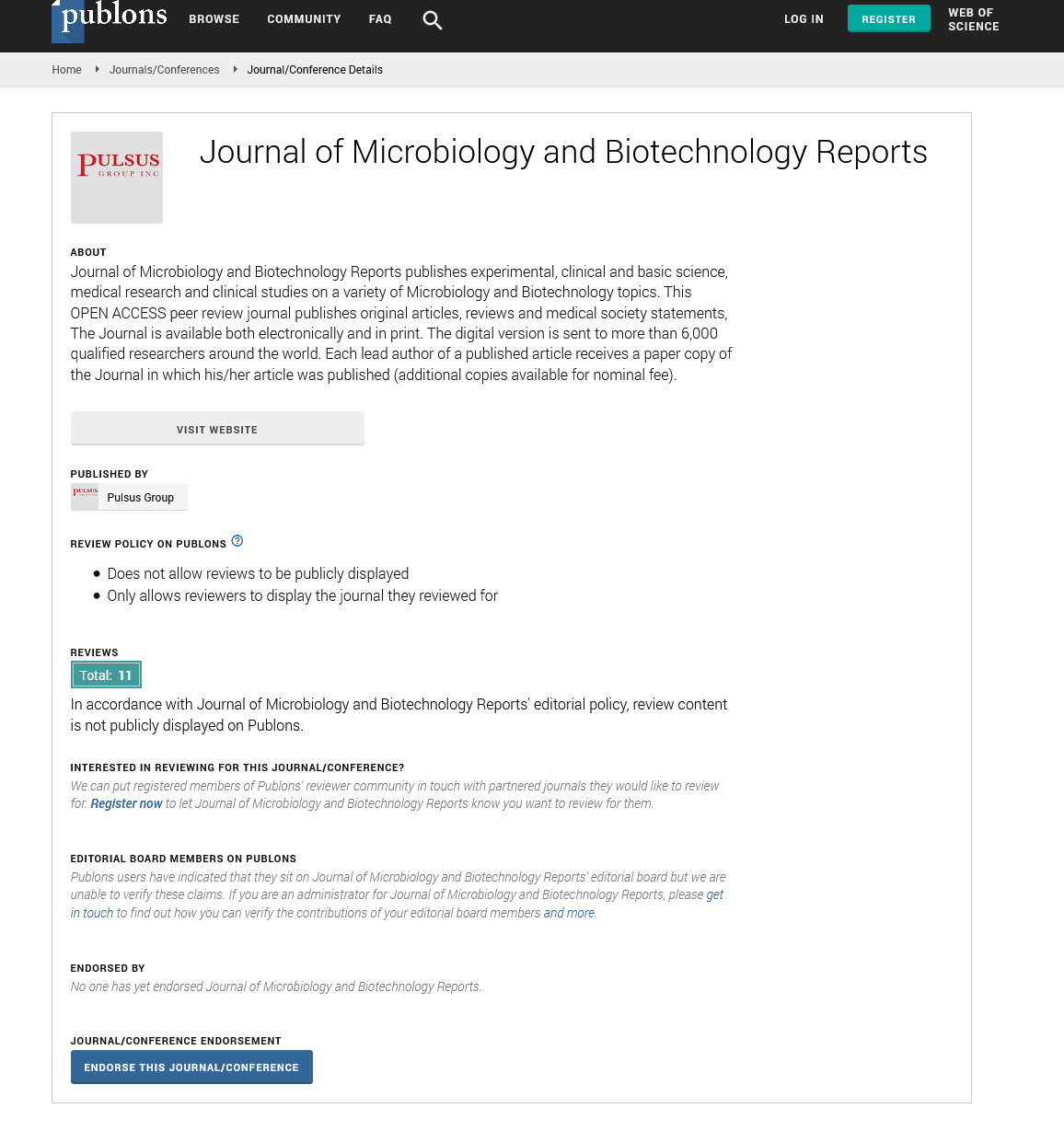
Sign up for email alert when new content gets added: Sign up
Abstract
Using biochemical markers to detect harmful bacterial wilt disease in potatoes and assess resistance in some cultivars
Author(s): Albert HubertRalstonia solanacearum causes bacterial wilt, which is one of the most serious potato diseases in the world’s warm temperate zones, tropics, and subtropics. The study was carried out to isolate and identify bacterial infections, as well as to select the most resistant cultivars in order to avoid a drop in the overall value of Egyptian potato exports to the European Union (EU) owing to EU quarantine limitations on bacterial wilt-affected potato tubers. The five isolates were isolated and identified as Ralstonia solanacearum using standard identification methods such as morphological and serological tests. Furthermore, the results revealed that the RS5 isolate had the lowest percentage of disease incidence decrease on the three tested potato cultivars Bellini, Spunta, and Mondial, with 9.64 percent, 15.41 percent, and 34.12 percent, respectively, on the three cultivars. On all of the evaluated potato
cultivars, the RS8 isolate was the most successful in terms of disease control. In comparison to the healthy control therapy, this isolate lowered illness incidence by 60.60 percent, 63.21 percent, and 71.66 percent. The results of molecular identification show that the Taq-man (PCR) probe employed was of the type (B2), which could only identify biovar 2 of R. solanacearum bacterial wilt. Furthermore, the race 3 biovar 2 strain is detected using a particular primer and probe. With all five isolates, positive results were obtained in all tests employed, including IFAS, protein content, and SDSPAGE. So the most virulent isolate was (RS5), followed by RS1, RS3, RS2, and RS8, indicating that the isolates examined were R. solanacearum race 3, biovar 2. The form of genetic distances and similarities based on pathogenic and plant growth characteristics were also studied. The closest genetic closeness (0.998) was observed between Bellini and Spunta cultivars, while the most distant genetic similarity (0.946) was found between Mondial and Bellini cultivars. These findings were based on the three potato cultivars’ genetic distances and SDS-PAGE profiles.
Full-Text | PDF




